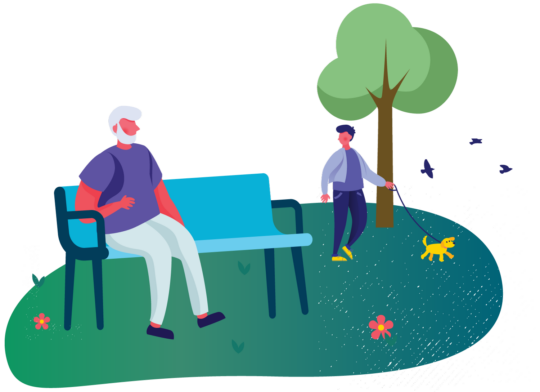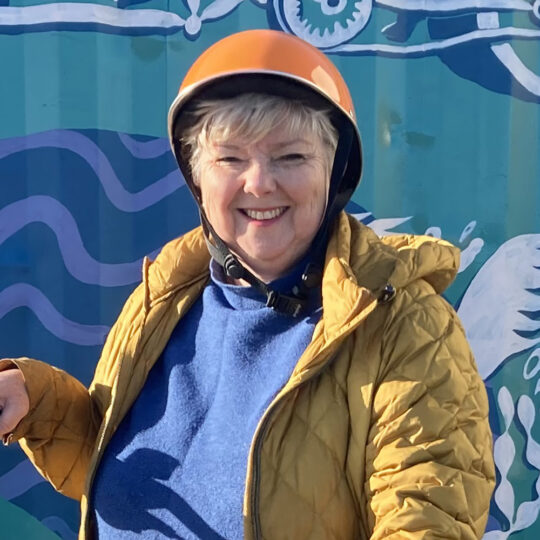Did you know?
26% of car journeys completed in 2022 were under one kilometre – a 6% increase on the previous year. (transport.gov.scot)
E-bikes give you another option for these shorter trips – an easy swap for the car when you’re not going far.
Eight good reasons to choose an e-bike for everyday journeys:
1)Reliable
Ready when you are
2)Affordable
A cost-effective alternative to cars
3)Healthy
Great for mind and body
4)Easier
More power, less effort
5)Environmentally friendly
Kinder all round
6)Safer
Stronger frames and the power to keep up with other traffic
7)Adaptable
Trikes and adaptive cycles for every need
8)Enjoyable
A fun way to travel about
Competition Entry
Enter the Do The Ride Thing online prize draw for a chance to win £500 vouchers from your local bike shop to help purchase some cycling accessories or even a discount off an e-bike.
To enter the online prize draw, visit any one of our partners – Forth1 or Greatest Hits Radio.
FORTH 1 GHR (Edinburgh) GHR (Borders)
Finding Support
See how to access an e-bike, from financial support to how your employer can help.
Start your e-pedal power journey
Hubs
Learn more about e-bikes and try one for yourself in your local community throughout South-East Scotland and beyond, such as hubs supported by Do The Ride Thing.
Visit your local hubI’d recommend anyone with reduced mobility to give an e-bike a shot. It’ll transform your life!

